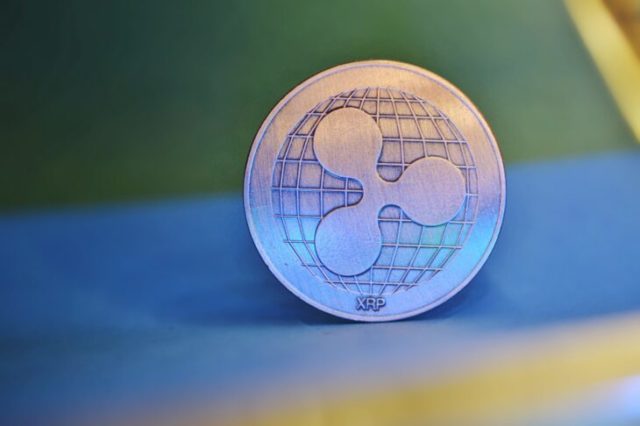After becoming the first country to safely land a spacecraft on the unexplored south pole of the Moon, India has presented the first results of ongoing exploration through the Chandrayaan-3 mission.
According to an official statement from the Indian Space Research Organization (ISRO), the laser-induced burst spectroscopy (LIBS) instrument on board the rover confirmed the presence of oxygen and sulfur in the region.
The LIBS technique consists of analyzing the composition of materials using high-energy laser pulses. Subsequently, elements are identified by having specific sets of wavelengths of light in the plasma state.
According to information from the organization, the first ‘in-situ’ measurements of the site “revealed the presence of Aluminum (Al), Sulfur (S), Calcium (Ca), Iron (Fe), Chromium (Cr) and Titanium ( Ti) on the lunar surface. Further measurements revealed the presence of manganese (Mn), silicon (Si) and oxygen (O)”.
The statement also states that an investigation into the presence of hydrogen is ongoing.
The region that the Chandrayaan-3 mission is exploring, the south pole of the Moon, is considered strategic for space research, because scientists believe that the place stores water deposits in a solid state.
Such reservoirs could be used in the future to convert frozen water into rocket fuel or even drinking water.
“The Moon offers a great scientific payoff, which is why we have seen so many recent attempts to visit the surface again,” NASA Administrator Bill Nelson said in a statement on Sunday. “We look forward to all that we will learn in the future, including from India’s Chandraayan-3 mission.”
Chandrayaan-3’s journey
India’s lunar module consists of three parts: a landing module (Vikram), a walking robot (Pragyan) and a propulsion module, which allowed the spacecraft to travel the 384,400 kilometers between the Moon and Earth.
Vikram completed the precision maneuvers needed to make a smooth landing on the lunar surface after being ejected from the propulsion module. Inside was Pragyan, a small six-wheeled rover that rolled down a ramp to the surface of the Moon.
The lander, which weighs around 1,700 kg, and the 26 kg rover are packed with scientific instruments, set to capture data to help researchers analyze the lunar surface and provide new insights into its composition.
Check out images of the Moon captured by Chandrayaan-3:
Source: CNN Brasil
Charles Grill is a tech-savvy writer with over 3 years of experience in the field. He writes on a variety of technology-related topics and has a strong focus on the latest advancements in the industry. He is connected with several online news websites and is currently contributing to a technology-focused platform.







